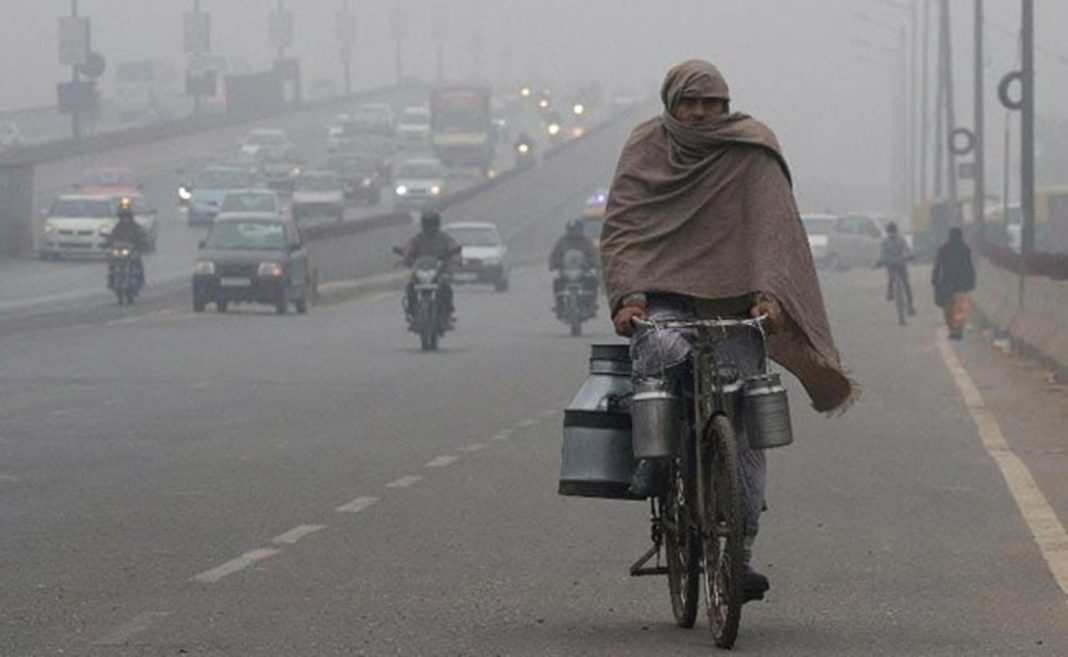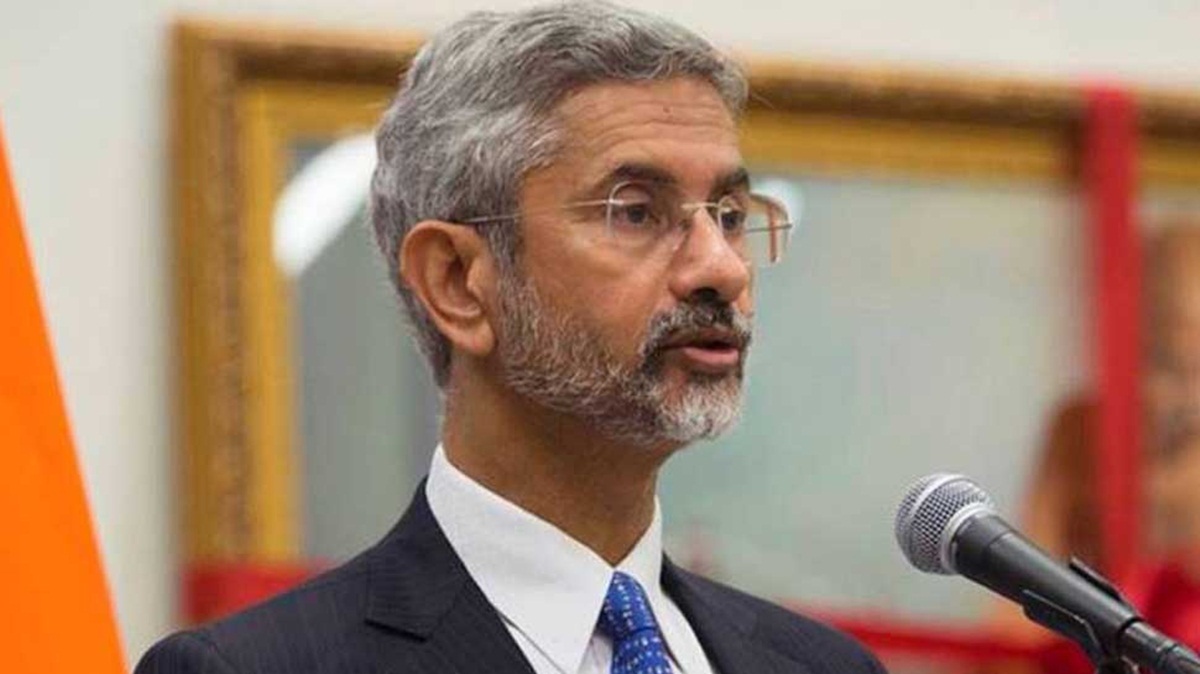As winter sets in, the air quality in Delhi-NCR has shown a concerning upward trend, with pollution levels escalating significantly. Residents awoke to a foggy morning on Thursday, highlighting the deteriorating environmental conditions in the region. For the fourth consecutive day, the pollution levels in Delhi and Noida have been classified as ‘poor,’ with the overall Air Quality Index (AQI) measuring 207 in Delhi at 6:34 am, 213 in Noida, and a staggering 246 in Ghaziabad.
In addition to these troubling readings, other areas in the National Capital Region also reported high AQI levels, with Sonipat recording an AQI of 192 and Faridabad at 182, both categorized as moderate. However, areas such as Wazirpur and Shalimar Bagh in Delhi reported alarming AQI levels of 321 and 332, respectively, while Jahangirpuri, Shadipur, and Patparganj saw readings of 307, 314, and 321, categorizing them as very poor.
For reference, the AQI classification system is as follows:
- 0-50: Good
- 51-100: Satisfactory
- 101-200: Moderate
- 201-300: Poor
- 301-400: Very Poor
- 401-500: Severe
The worsening air quality has raised public health concerns, particularly among vulnerable populations, including children and the elderly. Experts warn that prolonged exposure to such polluted air can lead to severe respiratory issues and other health problems.
In response to the deteriorating situation, the Meteorological Department has predicted clearer skies for Thursday. However, the maximum temperature is expected to reach around 34 degrees Celsius, with a minimum of 18 degrees Celsius, potentially exacerbating the pollution levels due to stagnant air conditions. Wednesday saw cloud cover in several areas, contributing to the fog and further trapping pollutants close to the ground.
Authorities and environmental activists are urging citizens to take precautions, such as wearing masks and avoiding outdoor activities during high pollution periods, as they continue to monitor air quality closely. As winter progresses, effective measures will be essential to combat the rising pollution levels in the region and safeguard public health.






